In the eclectic tapestry of contemporary art, few threads shimmer as vibrantly as the works of Japan’s artistic vanguards—Yayoi Kusama and Takashi Murakami. These two colossal figures embody the convergence of tradition and avant-garde, offering a feast for the senses and a labyrinth for the mind. Kusama’s hypnotic polka dots and ethereal infinity rooms collide with Murakami’s superflat canvases, creating a rich dialogue between self and society, past and present. To embark on this journey through their oeuvres is to navigate the pulsating heart of modern Japanese creativity, a realm where the boundaries of art are not just pushed but entirely reimagined.
Yayoi Kusama: Polka Dots and Infinite Rooms
Picture for a moment an artist’s palette brimming with potential, each hue awaiting the tender caress of a brush to spring into vibrant life. Now, envisage that artist finding solace in the everlasting expanse of infinity, underpinning it with the playful and charming simplicity of polka dots. Perhaps this feels like an idiosyncratic union, yet it yields an astonishing vista that transcends the ordinary constraints of artistic expression.
The visual allure of polka dots lies in their deceiving simplicity. On a canvas, they could signify anything from a starry night plucked from a dream to a retro fabric pattern that hums with nostalgia. When dots cascade over a surface, they create rhythm and momentum, guiding the observer’s eye across the artwork. Each dot could be a separate universe, or together, a constellation unravelling the mysteries of the cosmic dance.
In translating the infinity concept onto a tangible medium, this artful dalliance with dots compels one to consider scale. From minute to massive, each dot mirrors a single entity within the continuum. The implication? That within each speck, a world of possibility burgeons; much as in the boundless reaches beyond our skies, where countless celestial bodies dwell in the tapestry of space-time.
Materials serve as the silent narrators of this tableau. Imagine a sculpture of reflective orbs, each mirroring its surroundings while signifying a portion of the infinite. Viewers become part of the art, their reflections caught in an endless loop of polka-dotted echoes. Or perhaps a mural, where dots spill across the walls and floors, dancing in joyful defiance of spatial limitations.
Involving viewers in this dotted depiction of infinity accentuates the collective human experience. As observers carousel around an exhibit, the polka dots, with their uniformity and regularity, can represent unity and connection—the very dots that punctuate our existence.
To promote such an enthralling concept through photography, artists may overlay images with a translucent veil of dots, simulating the feeling of an infinite pattern superimposing itself on reality. These photos would not merely capture a moment but reframe it within the broader context of an ever-continuing sequence.
And then comes light, a playful participant in this visual symphony. Bask a polka-dotted canvas under an ever-shifting luminescence, and witness how shadows animate the static, instigating a silent yet profound dialogue about the existential depths encapsulated in each repeated circle.
At its heart, fusing the concept of infinity with the simple grace of polka dots does not confine the infinite; rather, it expands the narrative on existence itself, forging a bridge between the overtly complex and the charmingly straightforward. Thus, when one next encounters the humble polka dot, may it remind you of the vast, star-speckled infinity—a testament to the boundless creativity cradled in the artist’s soul and the human spirit’s yearning to grasp the ungraspable.
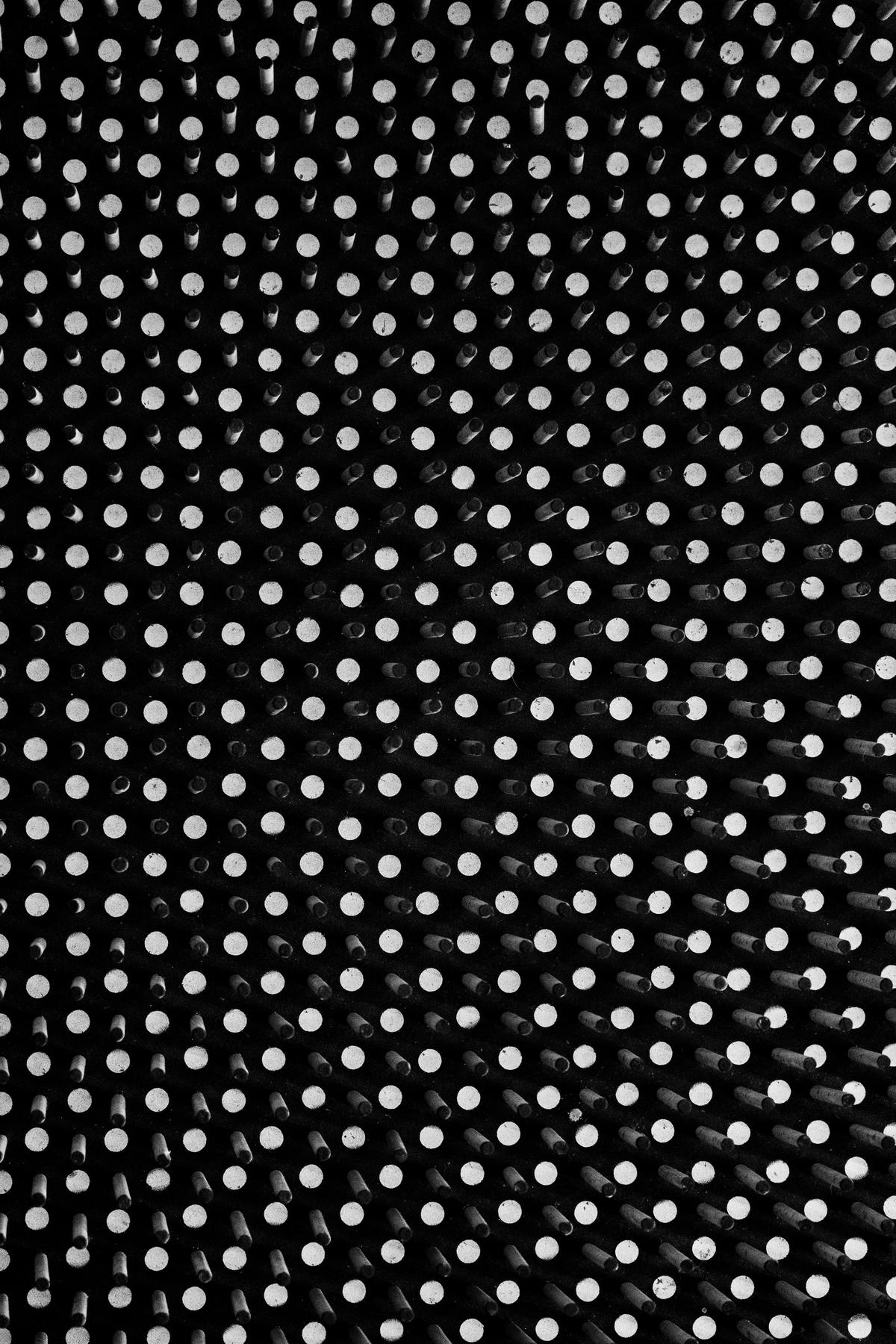
Photo by jannerboy62 on Unsplash
Takashi Murakami: Superflat and Otaku Culture
One cannot help but marvel at the transcendent quality of street art, where its raw, visceral power breathes life into the urban landscape.
Like polka dots spilling off the canvas and onto walls and alleyways, street art morphs into a narrative, mirroring the very soul of the city.
Its reach is infinite, its scale colossal— an edgeless galaxy painted upon a concrete canvas.
Transcending through mediums, an artist might interweave the embellishments and nuances of classical techniques with the edginess of graffiti.
Such a blend creates a dialogue, a visual enigma that draws viewers closer, urging them to look beyond preconceived notions of what high art or subculture should be.
Furthermore, to truly blend these visual domains, one must experiment with the context.
Taking a symbol that is synonymous with subculture and placing it in a gallery space can lead to transformative outcomes.
For an icon, once enshrined within the white cube of an art gallery, undergoes an alchemy of perception.
Its previous life as a subcultural symbol gains new narratives and interpretations within the learned confines of art academia.
Then there’s the democratization of art through merchandise.
Those impassioned by subculture iconography often don branded attire as a means of expressing allegiance and identity.
By adopting this tactic, high art symbols on everyday items such as T-shirts or skateboards begin to traverse social strata, blurring lines and embedding high culture into the vernacular of daily life.
At the heart of marrying high art with subculture iconography lies in the execution of thought-provoking installations.
Multi-sensory experiences which unite tactile materials, video art, and interactive elements invite individuals from all walks of life to partake in the dialogue.
Thus, art is no longer an elitist pursuit but a shared experience that resonates within the collective consciousness.
Lastly, in the realm of digital outreach, leveraging social media platforms heralds a new era where high art intertwines with subculture.
Reinterpreting cultural symbols through digital art and sharing across various networks encourage viral conversations that transcend traditional barriers.
This interconnectivity reels in a broader audience to appreciate, and at times participate, in the evolution of art in the modern age.
Fusing high art with subcultural imagery is not merely about the aesthetic merger but the creation of a space where art becomes a fluid and dynamic entity.
It’s about encouraging those entrenched in each sphere to venture outside their comfort zones, to explore, and to redefine boundaries.
This is where the lines blur, where the infinity of possibilities proliferates, much like the unceasingly mesmerizing polka dots that sparked this very discourse.

This exploration illuminates the profound depth and dynamic innovation characterizing the Japanese art scene. While heralding their own distinctive styles, Kusama and Murakami collectively challenge the observer to rethink not only art’s visual possibilities but also its societal implications. Their legacies, interwoven with cultural introspection and vibrant expression, continue to shape perceptions of contemporary art on a global stage. Their spirited commitment to exploring the uncharted territories of the psyche and society ensures that the dialogue they have sparked will resonate for years to come.
Recommend0 recommendationsPublished in Art Movements
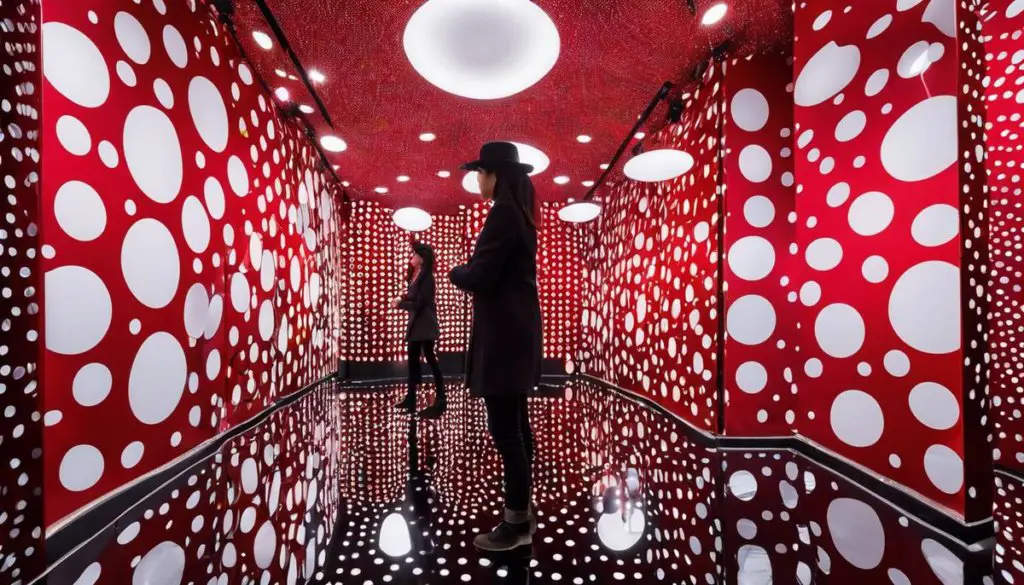

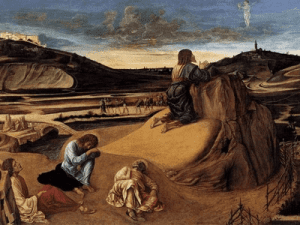
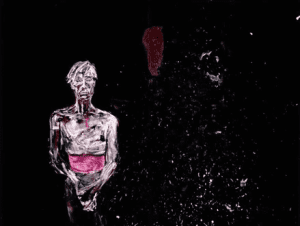
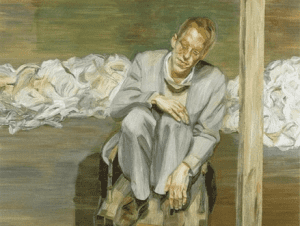
Responses